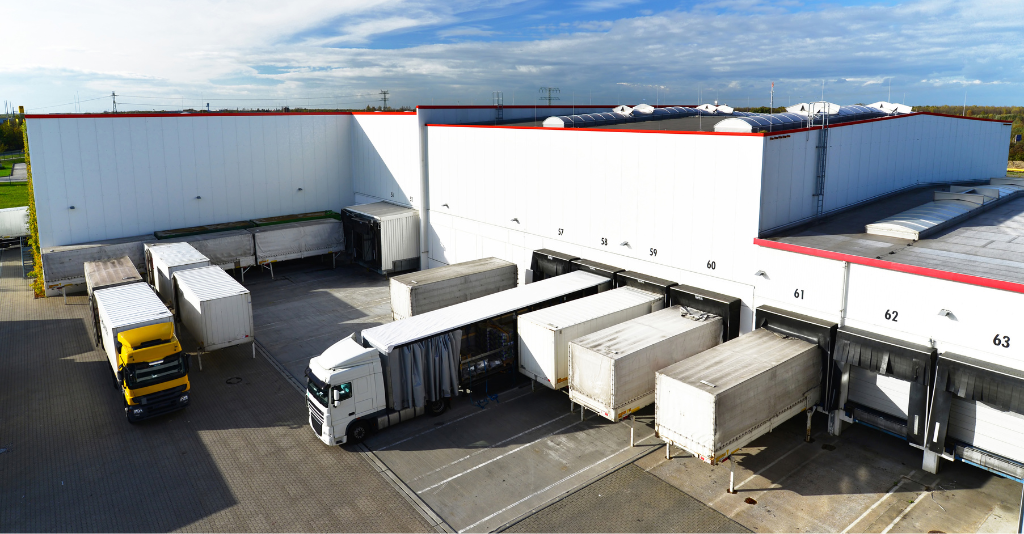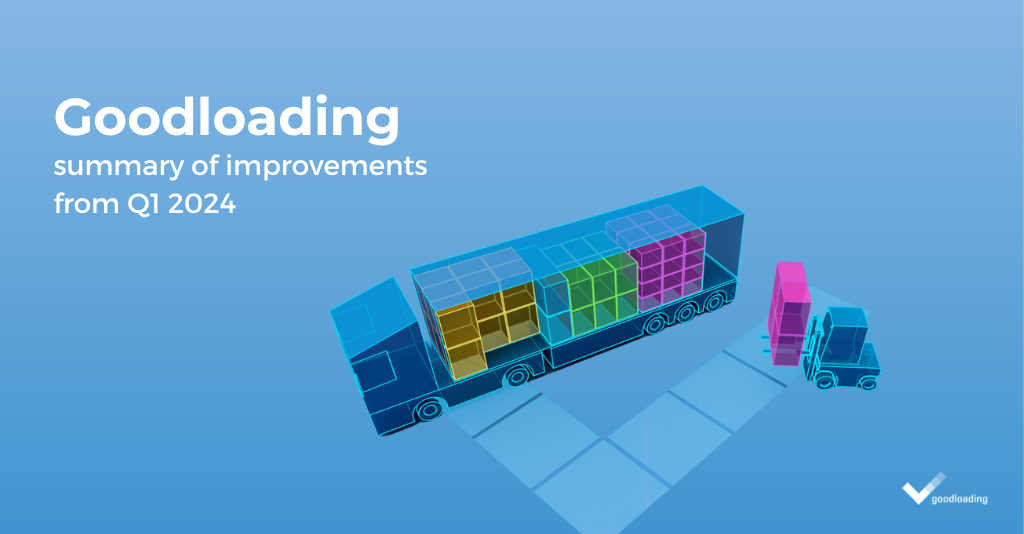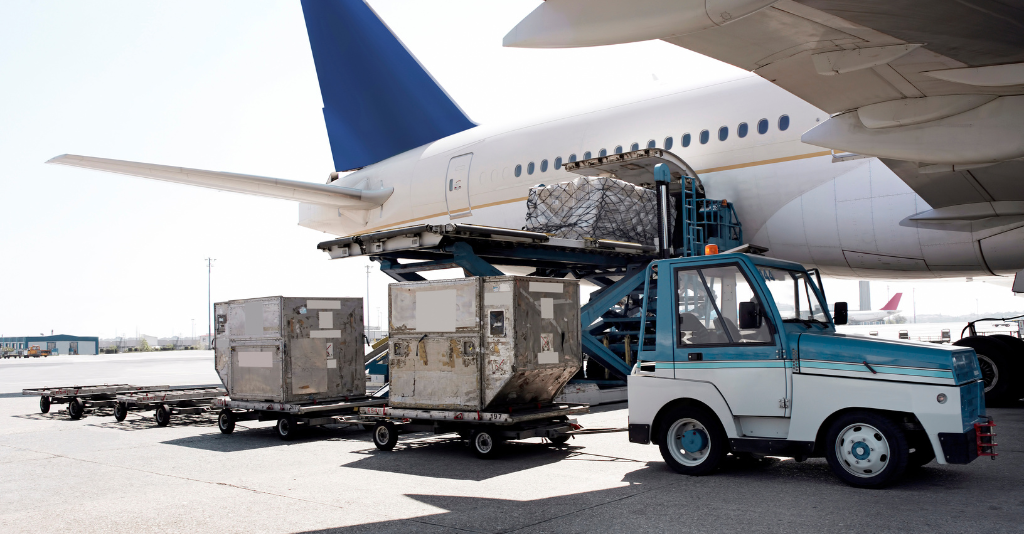February 15, 2023
Blog - All about loading in one place
Rail freight transport – can we expect to see growth in the coming years?
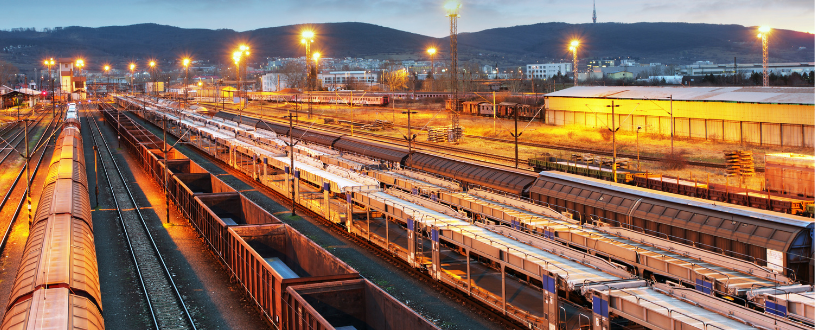
Rail transport has been one of the most popular methods of carrying goods and people for several centuries. However, in the last few decades it seems to have lost its importance. Its value was recognized again when shipping rates increased, the transport of goods by sea became less safe due to congestion in the Suez Canal, while road transport was facing a shortage of drivers and trucks. What is the current situation of rail transport? What can we expect in the next few years? Read more in the article.
According to historical records, the first transports by rail were already carried out on wooden rails in medieval mines. For decades, railroads were the main means of goods in many countries in Europe and around the world. Its popularity began to decline when road transport became more competitive.
The decline has been observed for about 70 years. Between the 1950s and 1980s it fell from around 60% to 15% today. In the European Union, mining and quarrying products are most commonly transported by rail, accounting for 12.6% of all goods transported in the EU in 2021. As it moves away from traditional industries, rail transport needs to focus on attracting new customers.
EU rail freight transport grows by 8.7%
From 2012 to 2016, the level of rail freight transport was stable, then in 2017 and 2018 it began to increase slightly. During the pandemic, in late 2019 and early 2020, the value dropped again. The situation was similar in the United States – in April 2020, freight volumes fell by about 15% compared to the previous year.
A significant recovery was observed in Europe in 2021, with an increase of 8.7% over 2020, similar to the pandemic result.
The United States and China lead the way in rail transport
According to 2014 data, the United States has the longest rail network with about 225,000 km. China came in second place, with 150,000 kilometres of rail. Nevertheless, it was the Asia-Oceania region that carried the most cargo by rail in 2019, according to Statistica data.
Rail transport from China to Europe is also growing due to rising shipping rates, as well as lower container availability. In addition, 90% of all traffic between China and Europe is handled by UTLC ERA, a company that aims to increase rail traffic between the selected countries.
In the European Union, Germany recorded the highest efficiency in freight transport by rail, with 123 billion tkm in 2021, which stands for about 31% of the entire EU.
Competitive prices, no payload limits or low CO² emissions are making rail more popular.
Advantages and disadvantages of rail transport
One of the main advantages of rail transport is its low carbon footprint. It is the most energy-efficient type of transport, beating sea, road and air. Environmental issues have become extremely important in recent years – you can see the growing trend in the popularity of electric trucks or the increased interest in biofuels. The Coca-Cola company, for instance, is switching from trucks to trains for its beverage deliveries, a move that will more than double its carbon footprint.
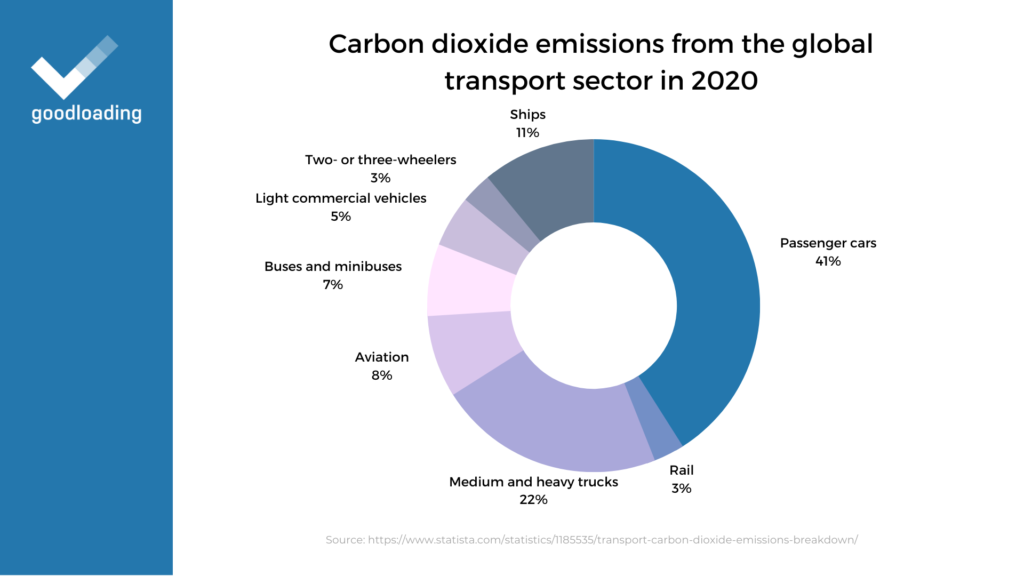
Although rail transport can only take place at network locations, it is more flexible, as there are no restrictions on what can be transported. The wagons can accommodate different types of goods, and if space is limited, additional cargo compartments can be added. Depending on the shipper’s needs, full truckload and general cargo shipments can be carried out.
Another thing that speaks in favour of rail transport is its reach – it is possible to transport goods to other countries or even continents. For example, the recently popular shipment from China to Europe, which takes from 2-4 weeks, is an interesting alternative to sea transport.
However, it is a challenge to transship goods at points where the rail gauge changes, on some intercontinental routes it is necessary to transship the goods up to 2 times.
Given its regularity and punctuality, choosing railways for freight transport is a safe option, especially when it comes to road and sea transport.
Rail transport is not affected by traffic jams on roads and sea canals, as well as by weather conditions.
What’s more, the cost of transport by rail is more attractive than for the same cargo transported by sea or air.
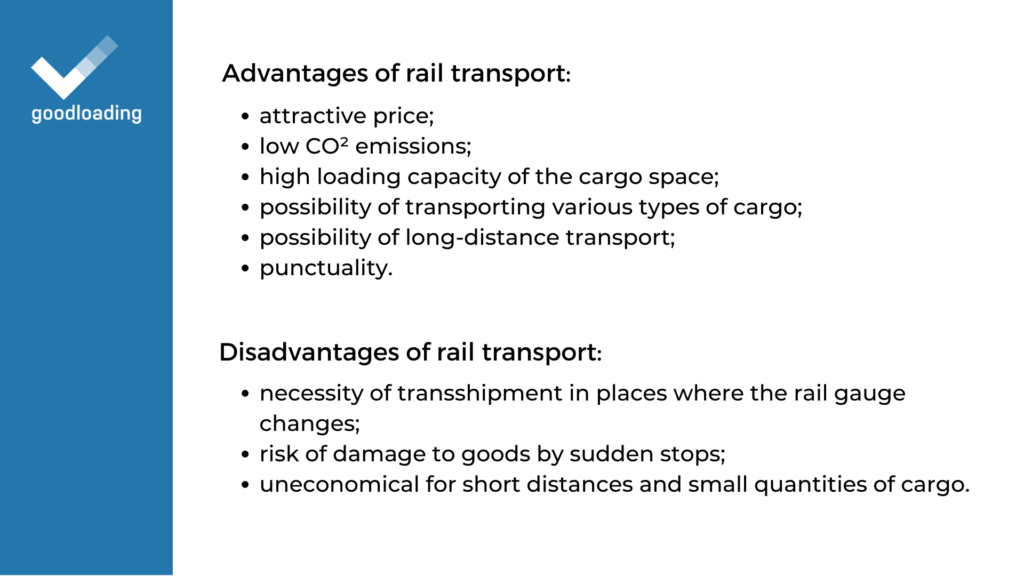
Road or rail transport?
The biggest competition for railroads is road transport, which is the most popular today. Its main advantage is the price, which is lower than transporting freight by rail. What’s more, road transport is investing in many solutions, such as electric and driverless trucks, infrastructure and advanced systems. At this rate of development, rail may soon be left far behind.
On the other hand, the lack of payload restrictions works in rail’s favour. If the entire load does not fit on the truck due to exceeding the GVW or axle load, it is necessary to send a larger truck or the other one, which entails additional costs. With rail transport, it is possible to increase the capacity of the wagons.
However, due to high carbon emissions and road congestion, the European Union aims to double the share of freight rail by 2030. It will be interesting to see what measures are taken.
The future of rail transport – forecast
Despite fierce competition, rail transport is expected to play an important role in the supply chain. Growing demand for transport services, a shortage of professional drivers, rising shipping costs and many other challenges are driving rail to play a role in intermodal transport.
It is possible to deliver a large number of goods over longer distances, in a more eco-friendly and affordable way. However, this requires significant investment to improve the movement of goods by rail, especially between countries.

